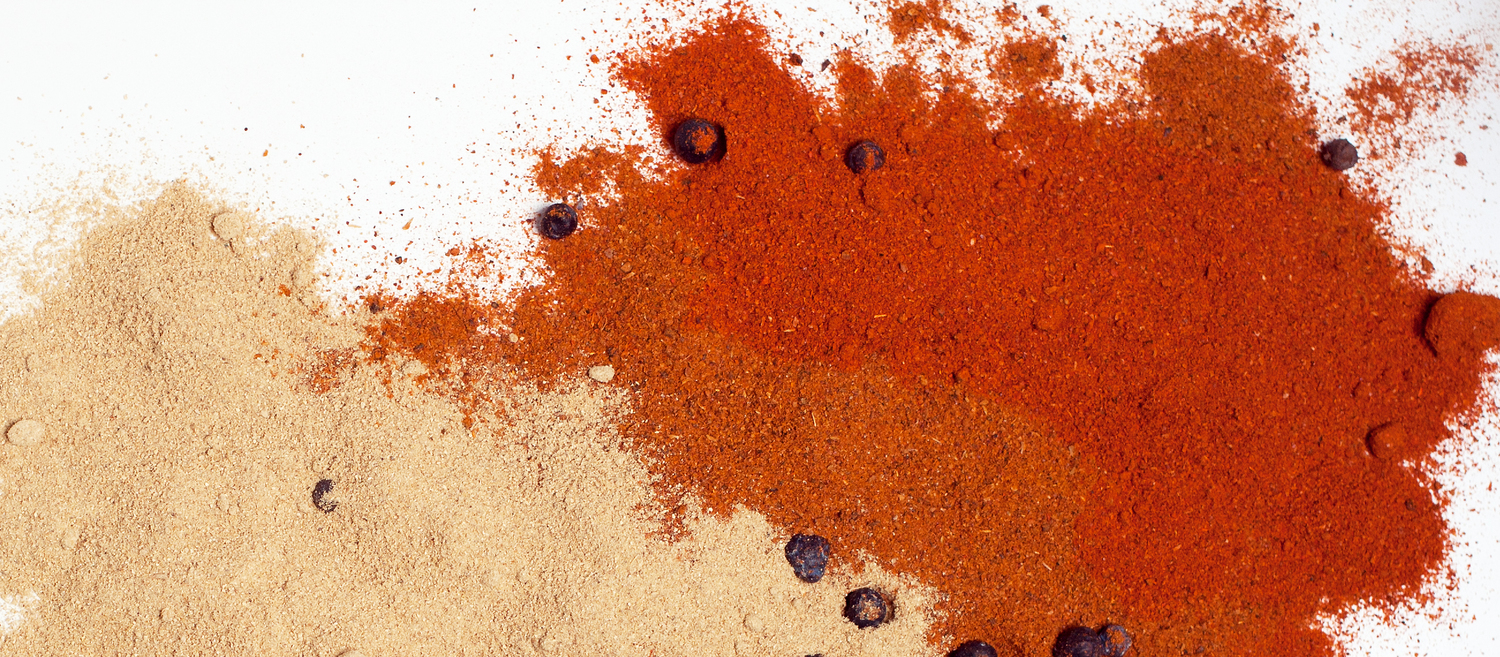Navigation
Install the app
How to install the app on iOS
Follow along with the video below to see how to install our site as a web app on your home screen.
Note: This feature may not be available in some browsers.
More options
Style variation

-

-

-

-

Desire to be a vessel of honor unto the Lord Jesus Christ?
Join Hidden in Him and For His Glory for discussions on how
https://christianforums.net/threads/become-a-vessel-of-honor-part-2.112306/
You are using an out of date browser. It may not display this or other websites correctly.
You should upgrade or use an alternative browser.
You should upgrade or use an alternative browser.
SALT
- Thread starter GodsGrace
- Start date
- Mar 11, 2014
- 48,695
- 10,303
sea salt is cooking salt ,Morton sells itooops!
I meant cooking salt Jason.
And why doesn't salt pour?
Barbarian
Member
- Jun 5, 2003
- 33,356
- 2,560
There's an anti-caking additive in free-pouring salt.When it rains it pours....
why does some salt not pour when it rains?
Here are a list of common anti-caking agents:
● Sodium aluminosilicate - a man-made product
● Sodium ferrocyanide
● Potassium ferrocyanide
● Calcium carbonate
● Magnesium carbonate
● Calcium silicate
● Silicon dioxide - the principle constituent of sandstone
● Hydrophobic silica
● Calcium phosphate/tri-calcium phosphate - bone ash
These are all industry standard ingredients and by law, companies are not required to include them in their labeling.

What Are Anti-Caking Agents? — ORGANIC SPICES INC
Anti-caking agents are a type of food additive. Most famously depicted through Morton Salt’s “When It Rains It Pours” Campaigns that began as early as 1914, anti-caking agents were developed to keep ingredients from clumping together after being packaged. Since most prod
None of them are present in amounts that would cause any harmful effects on humans. I don't know which are used in Morton salt. They are often used in Kosher salt as well. Salt is hygroscopic. That is, it tends to pull moisture out of the air, and the moisture dissolves some of the salt on the surface of the grains, after which it dries, and welds the grains together.
GodsGrace
CF Ambassador
- Dec 26, 2015
- 30,690
- 12,080
- Thread starter
- #7
Hi Barb,There's an anti-caking additive in free-pouring salt.
Here are a list of common anti-caking agents:
● Sodium aluminosilicate - a man-made product
● Sodium ferrocyanide
● Potassium ferrocyanide
● Calcium carbonate
● Magnesium carbonate
● Calcium silicate
● Silicon dioxide - the principle constituent of sandstone
● Hydrophobic silica
● Calcium phosphate/tri-calcium phosphate - bone ash
These are all industry standard ingredients and by law, companies are not required to include them in their labeling.

What Are Anti-Caking Agents? — ORGANIC SPICES INC
Anti-caking agents are a type of food additive. Most famously depicted through Morton Salt’s “When It Rains It Pours” Campaigns that began as early as 1914, anti-caking agents were developed to keep ingredients from clumping together after being packaged. Since most prodwww.organicspices.com
None of them are present in amounts that would cause any harmful effects on humans. I don't know which are used in Morton salt. They are often used in Kosher salt as well. Salt is hygroscopic. That is, it tends to pull moisture out of the air, and the moisture dissolves some of the salt on the surface of the grains, after which it dries, and welds the grains together.
Thanks for the information.
There's actually a lot to know about salt.
I never appreciated that salt ran freely from the salt dispenser until I came to live here.
In the summer there's no problem, but in the winter the salt does not flow freely due to the humidity
in these houses and it just sticks together. Some put rice in the dispenser...it helps. But the reason I think
it helps is because it breaks up the salt, not because it removes the humidity from the salt.
I finally understood what the commercial for Morton salt meant!
When it rains (in humidity),,,,it pours.
Barbarian
Member
- Jun 5, 2003
- 33,356
- 2,560
Dried rice should indeed soak up water dissolved in air, so it's probably both effects. Might be worth testing... (Barbarian muses). Weigh rice in dehydrated state and then lay out on a tray in high humidity. Weigh again. If it was significant, it would be heavier.
- Mar 11, 2014
- 48,695
- 10,303
not much of a difference ,both kill leeches . I know I have used bothRegular salt is sodium chloride. Lite salt has some potassium chloride mixed in.
kcl and nacl are close ,salt extraction was done locally all not that long ago here .
what's weird is that if you increase your sodium intake you will need potassium and vice versa .
Interesting. I wonder if people who put salt on their food should alternate between regular and light salt?
- Mar 11, 2014
- 48,695
- 10,303
just eat bananas or raw potatoes.if its a problem with cramps ,doctor told me the best way to get potassiumInteresting. I wonder if people who put salt on their food should alternate between regular and light salt?
Barbarian
Member
- Jun 5, 2003
- 33,356
- 2,560
Only if it starts to green up. That's why you store them in the dark. Don't know what the toxin is, but it can be dangerous. The green is chlorophyll, which is not in any way dangerous, but it indicates that the toxin is developing. I expect that peeling away the green part would be sufficient for safety, but I just toss them if they get green. I store mine in the dark in the back of the pantry. I just ran out of potatoes from this summer, so they do keep well, if you store them properly.I wonder if it's true that potato skin is poisonous if you eat too much of it.
(Barbarian checks)

Are Green Potatoes Poisonous?
Green potatoes may be more likely to contain a toxin but may be safe to eat with proper preparation. Learn about green potatoes and how to prepare them.
Barbarian
Member
- Jun 5, 2003
- 33,356
- 2,560
BTW, in chemistry, a "salt" is a compound made of at least one anion and at least one cation. Basically one element from the left side of the periodic table and one from the right side of the periodic table, so that it makes an ionic compound that disassociates in water.
Sodium Chroride is salt, one of many chemical salts. So is potassium chloride. Since sodium and potassium are on the same row and adjacent to each other, they have very similar properties, and their salts are quite similar.
Sodium Chroride is salt, one of many chemical salts. So is potassium chloride. Since sodium and potassium are on the same row and adjacent to each other, they have very similar properties, and their salts are quite similar.
Similar threads
- Replies
- 0
- Views
- 132
- Replies
- 1
- Views
- 510

